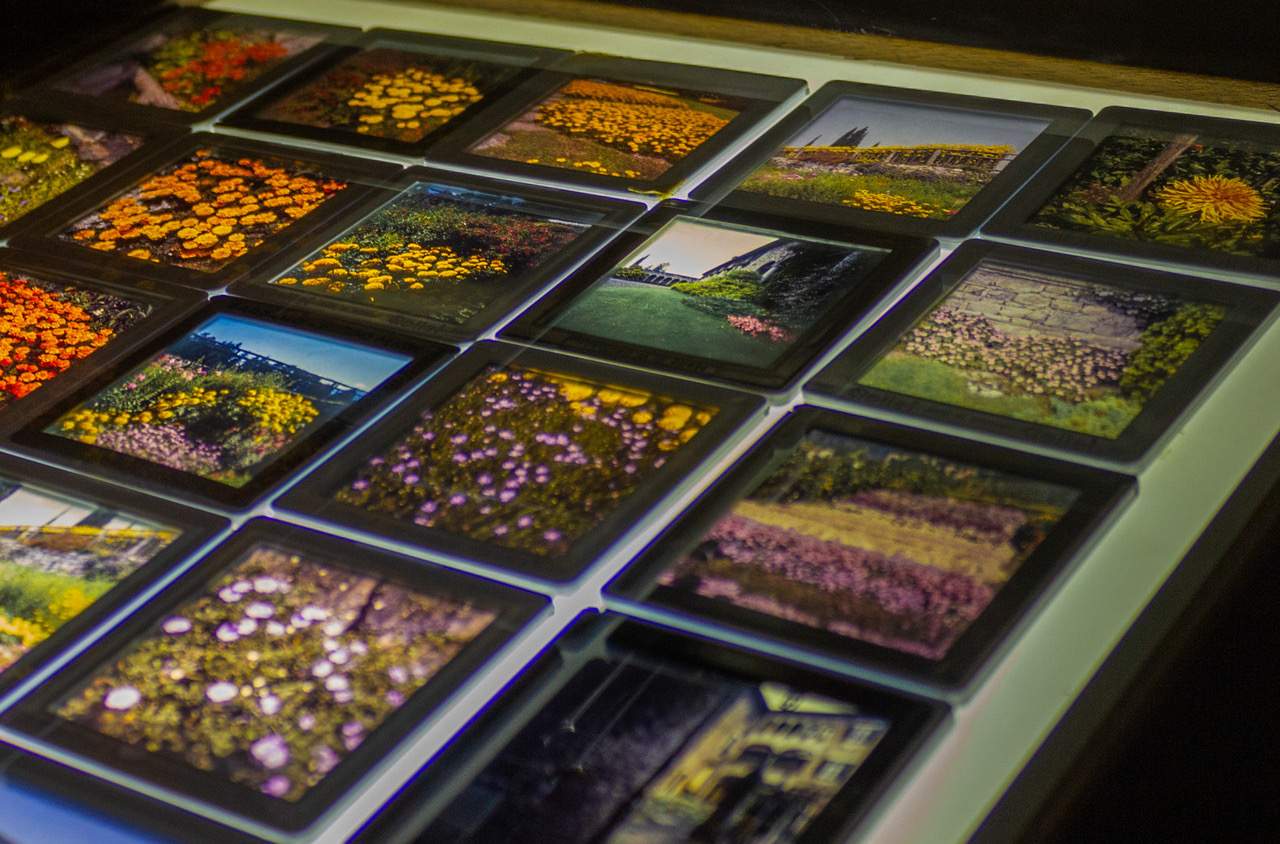Bagatti Valsecchi Museum dedicates an exhibition to architect Pier Fausto Bagatti Valsecchi and his archive
Until February 25, 2024, the Bagatti Valsecchi Museum in Milan presents Pier Fausto Bagatti Valsecchi and Landscape Architecture, the second exhibition of the Vivi L’archivio exhibition project aimed at enhancing the archival heritage of the Bagatti Valsecchi Foundation. The exhibition, curated by Aurora Ghezzi and Lorenzo Vada, is dedicated to the recently deceased architect Pier Fausto Bagatti Valsecchi and his archive dedicated to the world oflandscape architecture and gardens.
A figure inextricably linked to the birth of the Bagatti Valsecchi Foundation, Pier Fausto was a protagonist in the cultural events of Milan’s post-World War II period. He participated with keen interest in the far-reaching artistic initiatives promoted in the Milanese capital: in fact, he was among the first members of the FAI board, as well as one of the founders of Italia Nostra. It was within the ranks of Italia Nostra that Pier Fausto introduced the concept of the English National Trust, a charitable organization aimed at the custody and protection of historic places and natural beauty. Natural and landscape assets are in fact the major professional interest of Pier Fausto, who has devoted his life to the study of gardens and historic homes, elements that are often mutually integrated into unified artistic and monumental compendiums. President of the Historic Gardens Commission of the Ministry of Culture, he has always enthusiastically intervened in debates around issues of protection and enhancement of landscape heritage, focusing attention on the knowledge and conservation of botanical heritage.
With this exhibition, the museum intends to pay tribute to one of its founders with the material that Pier Fausto collected and produced with passion during his long life, to share a theoretical, design and intellectual portrait of him. In fact, Pier Fausto Bagatti Valsecchi always upheld the specificity of gardens as monuments characterized by the presence of living materials, conceiving the garden both as a monument and as a document: elements therefore to be studied, compared and preserved.
The Green Room checkroom is transformed into an open archive, a place of memory that holds testimonies that are presented as study materials with which the visitor is invited to interact. A selection of sixty volumes from the vast collection of nearly a thousand books devoted to the garden, landscape and botanical world collected by the architect during his lifetime becomes a library open to the public. On the central wall, slides of his travels alternate, highlighting the methodicalness of his in-depth study and investigation of different types of greenery. A selection of eighty slides taken from his personal archives that immortalize Japanese, Dutch, and English gardens as well as the green areas of some Italian villas, now owned by the FAI, including Villa Balbianello, Masino Park, and the villa in Casalzuigno whose restoration curated by Pier Fausto is witnessed. And again, images from the 1963 Hamburg Flower Fair document the continuous study and updating on the botanical world. On the left, an overhead projector offers visitors a rare view of the private gardens designed by Pier Fausto himself for his home in Cardano (Como). On the side walls, two exceptional projects investigate one the theme of the private garden, the other that oflandscape architecture: the first highlights the scrupulousness with which the architect approaches the theme of the garden by carefully studying the arrangement of the different botanical species to create a harmonious environment; the second testifies to Pier Fausto’s commitment to landscape redevelopment works. In particular, the extra moenia project of the Pompeii Archaeological Park, which involved enhancing the link between the excavations and the surrounding natural landscape.
For info: www.museobagattivalsecchi.org
Hours: Wednesday 1 to 8 p.m.; Thursday and Friday 1 to 5:45 p.m.; Saturday and Sunday 10 a.m. to 5:45 p.m. Closed Mondays and Tuesdays.
 |
| Bagatti Valsecchi Museum dedicates an exhibition to architect Pier Fausto Bagatti Valsecchi and his archive |
Warning: the translation into English of the original Italian article was created using automatic tools. We undertake to review all articles, but we do not guarantee the total absence of inaccuracies in the translation due to the program. You can find the original by clicking on the ITA button. If you find any mistake,please contact us.



























